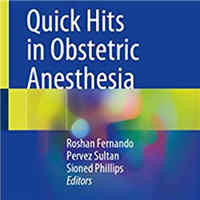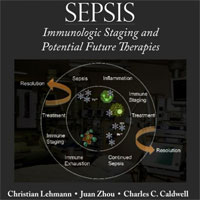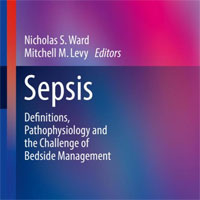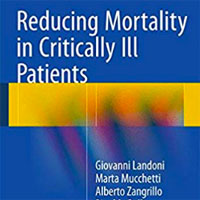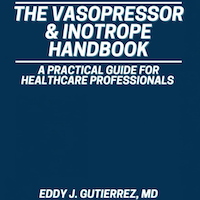Tag: anesthesia
Evaluating Remimazolam for ED Procedural Sedation Effectiveness and Patient Satisfaction
This study evaluated the safety and efficacy of remimazolam, an ultra-short acting benzodiazepine, for procedural sedation in the emergency department (ED). The primary aim was to compare its administration by emergency medicine... read more
Non-invasive Mechanical Ventilation in Critical Care, Anesthesiology and Palliative Care
This book provides an easy, modern and practical way for physicians to approach the world of noninvasive mechanical ventilation (NIMV). Noninvasive ventilation is well-established and increasingly used in routine clinical... read more
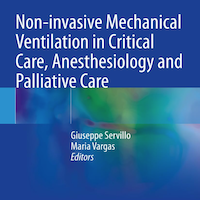
Management of Chest Trauma: A Practical Guide
75% of patients who die from trauma have injuries to the chest. The care of the chest trauma patient can be incredibly complex, require multiple specialty and sub-specialty services, and may require interventions available... read more
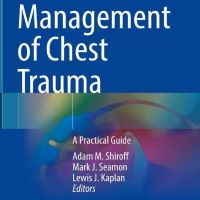
Textbook of Neurointensive Care: Volume 1: Neuroanatomy, Diagnostic Assessment, Disease Management
This extensively updated edition provides a comprehensive review of intensive care for neurologically injured patients from the emergency room and ICU through the operating room and post-surgical period in two comprehensive... read more
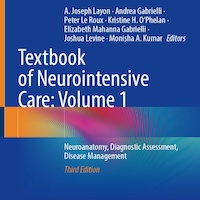
Extracorporeal Life Support: The ELSO Red Book, 6th Edition
Written by over two hundred experts from around the world, this new edition is the definitive reference text on Extracorporeal Life Support, providing both the latest evidence and practical advice on how to clinically manage... read more

Essentials of Neurosurgical Anesthesia & Critical Care
This handbook is aimed at first-line health care providers involved in the perioperative care of adult and pediatric neurosurgical patients. It is unique in its systematic focus on how to deal with common and important... read more
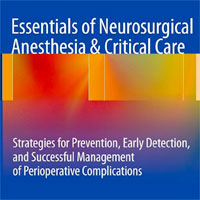
Fast-Track in Cardiac Anesthesia: Cardiac Surgery in the Era of ERAS
This new book, focused on fast-track approaches in cardiac surgery, covers ERAS cardiac guidelines, explores the application of loco-regional anesthesia in cardiac surgery, and addresses all aspects related to early extubation... read more
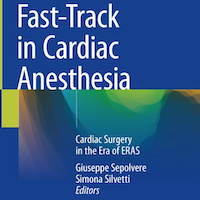
Non-invasive vs. Arterial Pressure Monitoring in the Pre-hospital Critical Care Environment
Non-invasive blood pressure measurements are often inaccurate within the pre-hospital critical care setting, particularly in patients with hemodynamic instability which are the group in which the accuracy of vital signs is... read more
Remimazolam Effect on Hemodynamics in Patients with Septic Shock
Remimazolam is safe and effective for inducing general anesthesia in patients with septic shock. Low, medium, and high doses of remimazolam can maintain a stable hemodynamic state, and the recovery of hepatic and renal function... read more
Critical Hypertension in Trauma Patients Following Prehospital Emergency Anesthesia
Delivery of prehospital emergency anesthesia (PHEA) to seriously injured trauma patients risks hemodynamic fluctuation. In adult trauma patients undergoing PHEA, 11.9% of patients experienced post-PHEA critical hypertension.... read more
Ineffective Airway Clearance Nursing Diagnosis & Care Plans
Ineffective airway clearance is the inability to clear secretions or obstructions from the respiratory tract. This can be detrimental to breathing and create complications. Secretions can be problematic as a result of... read more
Propofol-Related Infusion Syndrome in a Child with RSE
Propofol is used for sedation, anxiolysis, anesthesia induction, and as an anticonvulsant. In cases of refractory status epilepticus (RSE), propofol is more efficient than barbiturates. We present a case of a 3-year-old... read more
Transnasal Humidified Rapid-Insufflation Ventilatory Exchange vs. Conventional Facemask Breathing for Preoxygenation During Rapid Sequence Induction
Transnasal humidified rapid-insufflation ventilatory exchange (THRIVE), if used for pre-oxygenation and apnoeic oxygenation, has the propensity to extend the safe apnoea time and thereby decrease the incidence of desaturation... read more
Multimodal vs. Intraoperative Opioid Free Anesthesia for Laparoscopic Sleeve Gastrectomy
Anesthesia for laparoscopic sleeve gastrectomy and perioperative management remains a challenge. Several clinical studies indicate that opioid-free anesthesia (OFA) may be beneficial, but there is no consensus on the most... read more
Propofol in ICU Settings: Understanding and Managing Anti-Arrhythmic, Pro-Arrhythmic Effects, and Propofol Infusion Syndrome
Propofol has revolutionized anesthesia and intensive care medicine owing to its favorable pharmacokinetic characteristics, fast onset, and short duration of action. This drug has been shown to be remarkably effective in numerous... read more
Postextubation Complications vs. Positive-Pressure Suctioning Techniques
Currently available studies that compared post-extubation complications in subjects managed with the positive-pressure and suctioning techniques were summarized. Further high-quality studies with a robust study design and... read more
Practical Trends in Anesthesia and Intensive Care 2020-2021
This book offers an essential guide to managing the most-debated hot topics of practical interest in anesthesia and intensive care. Part I reviews the state of the art in issues concerning both intensive care medicine... read more
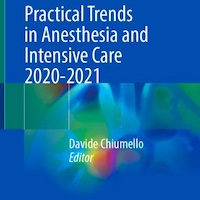
I Was a Doctor Through COVID. Then One Case Pushed Me Over the Edge
On some days I can almost forget that COVID ever happened. The old rhythms of the ICU at University College London, where I am a consultant in critical care and anesthesia, have returned. The bed pressures, the worrying cases,... read more
Thoracic Spinal Anesthesia in the 21st Century
Since the performance of the first thoracic spinal anesthetic in early 1908 by Thomas Jonnesco in Romania, many anesthetists have gained interest in this unorthodox neuraxial anesthetic technique. The main rationale justifying... read more
General Anesthesia vs. Sedation Using Hemodynamic Control During Intraarterial Treatment for Stroke
The functional outcomes 3 months after endovascular treatment for stroke were similar with general anesthesia and sedation. Our results, therefore, suggest that clinicians can use either approach. Of 351 randomized patients,... read more
Processed Electroencephalography-guided General Anaesthesia to Reduce Postoperative Delirium
Our primary analysis demonstrated a highly sensitive result with a pooled analysis of trials in which the intervention group adhered to manufacturer's recommended guidelines showing reduced incidence of postoperative delirium... read more
Quick Hits in Obstetric Anesthesia
This book provides easy to follow guidance on how to manage emergency situations and common problems in obstetric anesthesia. The book provides different anesthetic recipes for obstetric procedures and describes challenges... read more
